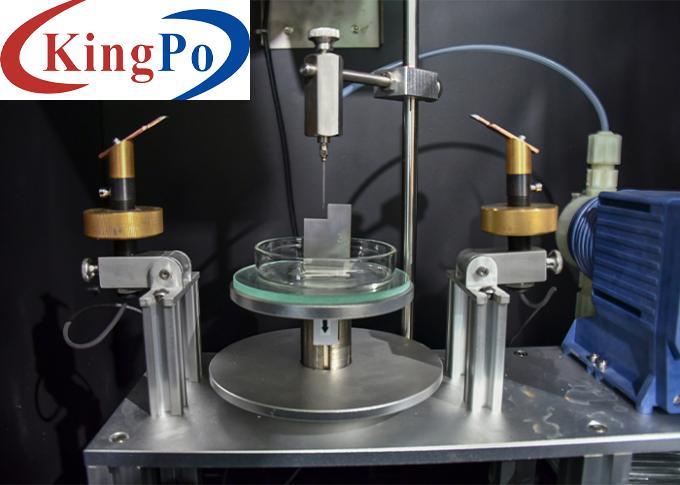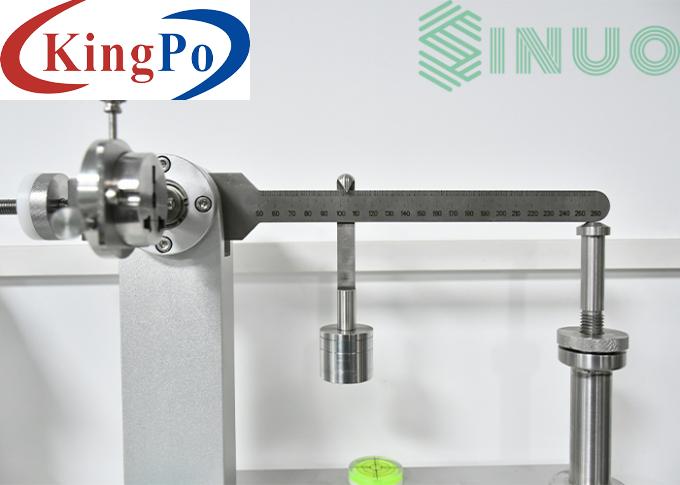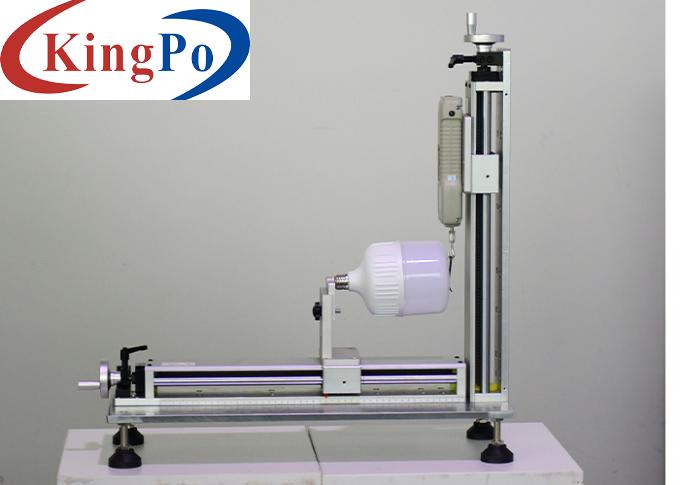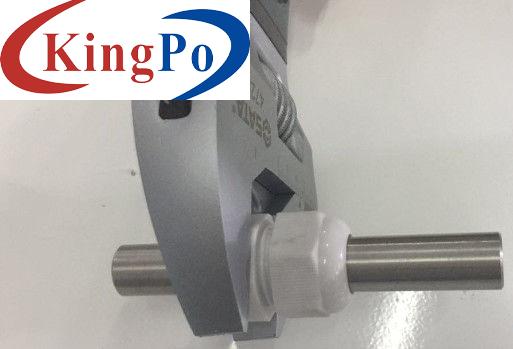Products

IEC 60950-1 Clause 4.2.5 Steel Ball Impact Test Device Drop Weight Impact Tester
Products Description
IEC 60950-1 Clause 4.2.5 Steel Ball Impact Test Device Drop Weight Impact Tester
Product Information:
Standard: According to IEC60950-1:2005 clause 4.2.5, IEC60598-1:2014 clause 4.13.4a, IEC60065:2005 clause 12.1.3 and figure 8.
Samples and restrictions: Information technology equipment, lighting.
Application: Conduct drop and impact performance tests on equipment casings.
Test principle: Free vertical drop or free swing impact sample.
Structure and features: The equipment can perform vertical drop impact and swing horizontal impact.
Usage environment: Power supply: AC220V±10%/50-60Hz, working temperature 0-40℃, humidity 30%-90%.
Features:
A steel ball impact test device, also known as a drop weight impact tester or Charpy impact tester, is a specialized testing apparatus used to assess the impact resistance and toughness of materials, particularly metals. It is widely used in industries such as manufacturing, construction, automotive, and aerospace to evaluate the performance and durability of materials under impact loading conditions.
Key components and features of a typical steel ball impact test device include:
Pendulum: The device consists of a pendulum arm or hammer that stores potential energy when raised to a certain height. The pendulum is typically made of a heavy material, such as steel, and it is designed to deliver a controlled impact force to the test specimen.
It is important to follow the relevant testing standards or specifications, such as ASTM or ISO, when conducting impact tests using a steel ball impact test device. These standards provide specific procedures, parameters, and acceptance criteria for impact testing based on the intended application or industry requirements.
Technical Parameters:
G=mgH, can achieve the following table J or other required impact energy
Release Mechanism: A release mechanism is incorporated to enable controlled and precise release of the pendulum. This mechanism ensures consistent and repeatable impacts during testing.
Striking Head: The striking head is the part of the device that makes contact with the test specimen. It typically consists of a steel ball or a V-notch anvil, depending on the specific test method being employed. The striking head transfers the impact energy to the test specimen, inducing fracture or deformation.
Sample Holder: The device includes a sample holder or fixture where the test specimen is securely mounted. The sample holder ensures proper alignment and stability during impact, allowing accurate and repeatable test results.
Energy Measurement System: An energy measurement system is incorporated to quantify the impact energy delivered to the test specimen. This system typically includes sensors or load cells to measure the impact force and calculate the absorbed energy during the impact event.
Safety Features: Safety considerations are essential in the design of a steel ball impact test device. Safety measures may include protective enclosures, interlocks, or shielding to prevent accidents and ensure the operator's safety during testing.
The steel ball impact test device follows standardized testing procedures, such as the Charpy or Izod test methods, which specify the geometry of the test specimen, the dimensions of the striking head, and the test parameters. These tests involve striking the specimen with the pendulum, and the impact energy absorbed by the specimen is measured. The results are typically reported as impact energy values or as the fracture behavior of the specimen.
Impact steel ball
Φ50.8mm, 535g steel ball
Impact method
Vertical drop and swing shock, switchable
Drop height
0.4-1.5m adjustable
Impact energy

Lifting method
Electric
Clamping method
Electromagnet attraction and release







